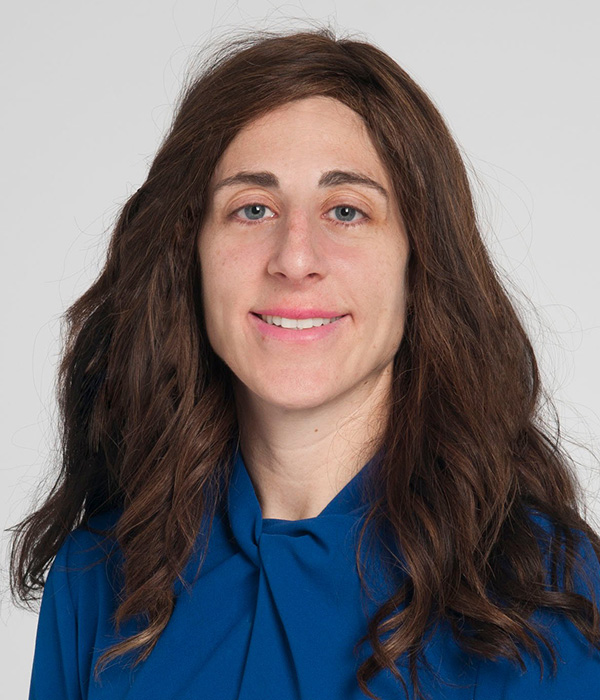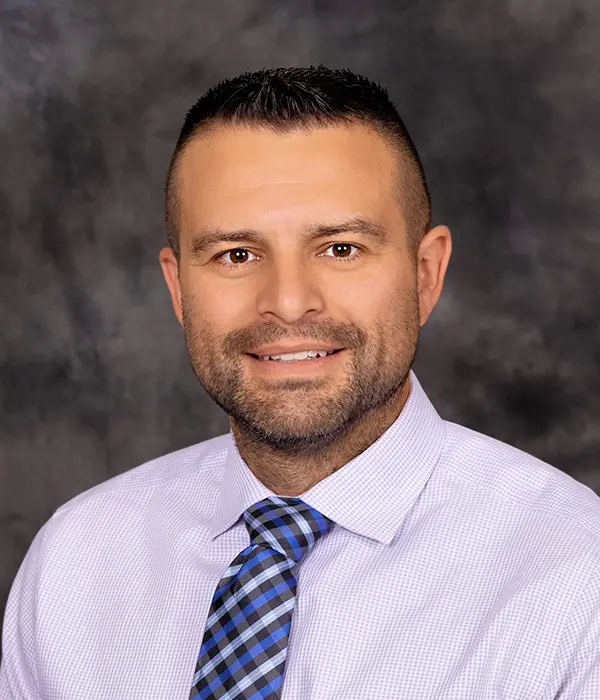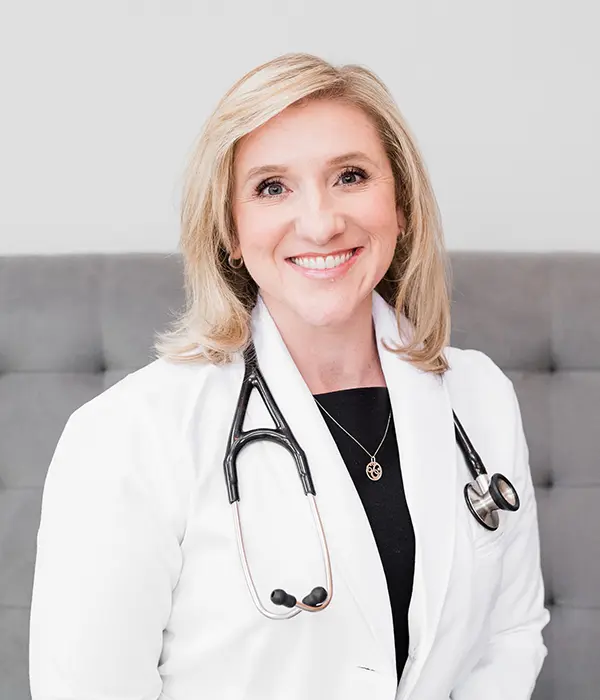
On-Demand
Best of the Best 2024
$687
Introducing the “Best of the Best 2024” On-demand CME package
This comprehensive course offers 33.75 CME Credit Hours (Rx=8.75) to complete at your convenience. Dive into practical discussion on managing Atrial Fibrillation, skin and soft tissue infections, diabetes technology, spine assessment, cervical cancer prevention, chronic pain conditions, and more. Features 24 sessions, 12 presenters, and a user-friendly platform.
Course Overview For Best Of Package

CME Courses by Midge Bowers DNP, FNP-BC, AACC, CHSE, FAANP, FAAN
Urgent Cardiac Situations: What Not to Miss!
This session will address urgent cardiac situations that should not be missed in a primary care setting. The discussion will focus on high-risk low volume events such as acute coronary syndrome, spontaneous coronary artery dissection, aneurysms, and hypertensive emergencies. The focus will be on the subtle and not-so-subtle signs and symptoms that may indicate the potential for decompensation.
I Got Rhythm, or Not- Managing Atrial Fibrillation (Rx=0.25)
During this session, you will learn about treatment options for patients with atrial fibrillation. Using a case-based approach, you will learn about pharmacologic strategies for anticoagulation, rate and rhythm control, and when to refer to cardiology for advanced interventions.

CME Courses by Sarah Schettle, PA-C, MS, MBA
“Under Pressure”: How to Manage Hypertension (Rx=0.25)
This session will define the stages of hypertension, review guideline-directed medical therapy recommendations for hypertension, and discuss monitoring recommendations such as labs to be obtained as medications are titrated.
“Billie Jean Is Not My Cardiologist”: How to Manage the Heart Failure Patient (Rx=0.25)
This session will delve into the different types of cardiomyopathies, different stages of heart failure, interventions to consider, and management strategies for the heart failure patient.

CME Courses by Zachary Hartsell, DHA, PA-C
Chest Pain Evaluation: Red Herring or the Real Deal? (Rx=0.50)
Chest pain is one of the most common chief complaints to the emergency departments, with a definitive diagnosis elusive in most cases. However, who gets to be sent home? Who requires admission? This presentation addresses those questions by reviewing the challenges in delineating cardiac vs. non-cardiac chest pain. A heavy emphasis will be placed on risk stratification methodologies for patients with suspected cardiac chest pain and an evidence-based approach to the initial evaluation. Finally, this presentation will review optimal testing strategies for cardiac and non-cardiac etiologies of chest pain, including current controversies and guidelines.
Thinking Beyond COVID: Pulmonary Cases From the Wards
This presentation will provide an overview of different types of respiratory cases in hospitals and clinics. Topics will range from common to complex and include an overview of mechanisms, pathophysiology, diagnostic considerations, and up-to-date treatment protocols. Emphasis will be placed on respiratory failure, oxygen supplementation techniques, indications/contraindications for using NIPPV, COPD, and infectious etiologies. Finally, this presentation will provide an overview of acute respiratory distress syndrome, focusing on diagnostic criteria and a review of evidence-based treatment guidelines.

CME Courses by Gina Mangin, MPAS, PA-C
Bippity Boppity Boo Get Me Ready for My Zoom! (Rx=0.50)
Since the pandemic, many of our patients have spent enormous amounts of time on Zoom calls looking at themselves. This session will review the most common rashes and complaints a dermatologist will see on patients’ faces. But, most importantly, the treatments used to clear their faces will be detailed to have our patients “zoom” ready. Now, let’s not forget the number one thing our patients notice…. wrinkles. We will discuss the treatment of neurotoxins that help keep our patients looking youthful and refreshed. Conditions such as acne, rosacea, perioral dermatitis, Seborrheic dermatitis, pityriasis alba, and lupus will be discussed. The number one cosmetic procedure, injection of neurotoxins, will also be detailed.
Tinea or Not? (Rx=0.50)
Test your skills in identifying ringworm on the skin. This is a case-based presentation. Participants will be shown pictures of two rashes, one a tinea and the other a non-tinea rash. I will review the clinical presentation of cutaneous tinea infections and the common rashes mistaken for tinea. Common Tinea infections reviewed; Tinea Corporis, Tinea Manun, Tinea Faciei, Tinea Versicolor, Tinea Unguium, Intertrigo, Tinea Capitis, Tinea Crusis, and Tinea Incognito. Treatment options for tinea will be reviewed and detailed.

CME Courses by Kara Roman, MMS, PA-C
Tackling Topical Therapies and Routine Skin Care (Rx=0.50)
“If it is wet, dry it; if it is dry, wet it; and if you don’t know what to do, put a steroid on it.” Dermatologic pharmacology is not so simple. Many topical medications are utilized in primary care to manage conditions ranging from xerosis to contact dermatitis to cutaneous infections. The proper preparation, amount, and duration of therapy should be considered to be used most effectively. This presentation will help the primary care provider make sense of the various commonly prescribed topical medications, including topical corticosteroids, anti-infective agents, emollients, and several new agents that have recently become available. Medication dosing and safety will be addressed, as well as pearls and practical pointers for the most effective use of these products. Learn the what, when, and how of dermatologic pharmacology. This session will conclude with practical tips for taking care of the skin, from cleansing to moisturizing and skin cancer prevention.
An Update on Skin and Soft Tissue Infections (Rx=0.50)
The skin is a great line of defense, but it is not always perfect at keeping out microbial invaders. When microbes invade, infection ensues. The epidemiology and clinical presentations of common skin infections, including tinea (capitis, corporis, pedis, cruris, unguium), HPV, molluscum, cellulitis, and abscesses, will be reviewed in this session. The differential diagnosis and methods for confirming diagnosis based on clinical presentation will be discussed and recommended treatment options for each type of infection will be specified.

CME Courses by Kristin Rygg, PA-C
But, Is It Contagious?
Contagious or not?! Does your patient need to avoid friends, family, or sexual partners? This session will look at common skin conditions patients present with and frequently wonder if they are contagious. Pityriasis Rosea, Condyloma, Zoster, Herpes, Hidradenitis Suppurativa, and plant dermatitis will be reviewed.
Red and Bumpy and Dry, Oh My!
What’s on their face? What to do when it’s not just acne. This session will cover the diagnosis and treatment of frequently seen facial conditions, including acne, rosacea, cysts, and facial dermatosis. In addition, pityriasis alba, perioral, lid, lip, and seborrheic dermatitis will also be reviewed.

CME Courses by Diana Isaacs, PharmD, BCPS, BCACP, CDCES, BC-ADM, FADCES, FCCP
Pharmacologic Treatment for Type 2 Diabetes (Rx=0.75)
In this presentation, we will discuss the treatment algorithms from the American Diabetes Association and the Association of Clinical Endocrinology and introduce the various pharmacologic options.
Reducing Cardiovascular Risk (Rx=0.75)
This session will focus on the foundational pillars of reducing risks for people with diabetes including managing lipids and blood pressure, and a deep dive into the data that supports use of GLP1 agonists and SGLT2 inhibitors to reduce cardiovascular risk.

CME Courses by Laurel Short, DNP, FNP-C
Mastering Your MSK Exam (Part 1 & 2)
Musculoskeletal (MSK) problems are in the top reasons for primary care visits. Over half of chronic medical conditions in the United States are related to MSK diagnoses. These conditions are a leading cause of disability, resulting in both individual and societal burden. Achieving confidence with your head-to-toe musculoskeletal exam is the first step in diagnosing and managing MSK issues. This interactive session will provide a solid foundation for optimizing orthopedic care in the primary care setting. Emphasis will be placed on practical options for multimodal pain management in your busy practice setting.
Key Strategies for Pharmacologic Migraine Management (Rx=0.50)
Did you know migraine is one of the top 10 causes of disability worldwide? It is often the disability from migraine attacks that compromises quality of life, this condition both a pain problem and a life problem. This presentation will use a case-based approach to illustrate how clinicians can best utilize the current pharmacologic options for acute and preventive migraine treatment. Attendees will gain confidence with the current diagnostic criteria for episodic and chronic migraine understand mechanisms of action for newer migraine-specific CGRP antagonist medications.

CME Courses by Gerald Weniger, PhD, ATC, PA-C
A Shoulder to Lean On: Simplifying Evaluation of Common Shoulder Problems
Many clinicians are comfortable with evaluation of musculoskeletal conditions of the hand, wrist, foot, or ankle. But for some reason, evaluation of shoulder pain is often more daunting. SLAP tears? Hawkins-Kennedy test? Bankart tears? O’Brien’s test? This presentation will help you make sense of all the orthopedic acronyms and eponyms so that you can more confidently evaluate a patient with shoulder pain. Useful special tests will be explained and demonstrated.
Everything You “Kneed” to Know: Making Physical Exam of the Knee More Clear
Evaluation of the knee has changed and evolved over the years. Do you perform a Lachman’s test or anterior drawer? Is McMurray’s test still clinically useful? What is a Thessaly test? This presentation will discuss these special tests and more, while making sense of a musculoskeletal exam of the knee. Special attention will be directed towards acute and degenerative meniscus tears, and when referral to orthopedics is prudent.

CME Courses by Jeremy A. Adler, DMSc, PA-C, DFAAPA
Chronic Pain Conditions – A Deeper Dive Into the Usual Suspects (Rx=0.25)
Millions of American experience chronic pain, and over 4% of the population reports having high-impact chronic pain. Chronic pain is a common complaint and has considerable comorbidities, sequelae, and costs. This session will review some of the more common chronic pain conditions, including a review of symptoms, signs, and supportive diagnostic information. Some conditions to be covered include chronic low back pain, neck pain, joint pain, and neuropathies. Attendees will enhance their confidence in diagnosis, which, with a patient-specific treatment plan, will improve treatment outcomes.
Aberrant Behaviors and Patient Monitoring (Rx=0.50)
Despite advances in non-pharmacologic treatments and non-opioid medications for patients with chronic pain, many patients have inadequately managed pain and may be appropriate candidates for opioid therapy. For these patients, careful monitoring is essential and clinical guidelines support using tools such as urine drug monitoring and prescription drug monitoring program data. Like every medical test, these tools have specificities and sensitivities that may yield results that are either consistent or inconsistent with the clinical impressions. This session will examine the various laboratory technologies of drug monitoring, including screening and definitive testing. Connections will be drawn between the laboratory results and unexpected and expected findings from individual opioids, including the impact of pharmacogenetics, drug interactions, and manufacturing impurities. Other monitoring tools, including prescription drug monitoring programs, will be discussed. Finally, attendees will have the opportunity to apply the content to a review of actual case studies of patient aberrant behaviors. Some circumstances are what they seem, and some are not.

CME Courses by Aleece Fosnight, PA-C, CSC-S, CSE, NCMP
The Menopause Playbook (Rx=0.50)
Ready to arm your patients with play-by-play strategies to take on menopause? With the number of menopausal women reaching 1.1 billion worldwide by 2025, medical providers must be prepared to have conversations supporting individuals in perimenopause and beyond. This metamorphosis leads to more than just hot flashes. So, let’s talk about the real symptoms that deserve real conversations. In this session, we will also explore hormonal supportive therapy, non-hormonal medications, and alternative modalities for taking a holistic approach to reframing the menopausal transition.
SEX – Inclusive Encounters
Let’s end the STIGMA! Creating a safe space for inclusive conversations around healthy sexuality is essential for empowering patients to voice their needs and smash societal sexual shame. During this session, we will discuss the essentials of taking a sexual history, PrEP counseling, what is sex, what are the types of sex people are having, and biopsychosocial influences to the sexual response cycle. And we can’t forget discussions around optimizing sexual function for desire, arousal, and orgasm.

CME Courses by Nancy Berman, MSN, ANP-BC, NCMP, FAANP
Treasure the Bones: Osteoporosis and Fracture Prevention Strategies in Men and Women: Part 1 & 2 (Rx=0.75)
This session will introduce a comprehensive approach to the identification of women and men at risk for fracture based on bone densitometry and their 10-year fracture risk using the FRAX calculation. There will be a discussion on who should be screened and then interpretation of results of the bone density and FRAX calculation. There will be discussion of the approach to patients based on whether they are at high or very high risk for fracture. In session part 1, there will be a discussion of the initial workup of patients, non-pharmacologic therapy, and initial therapy of the osteoporotic patient at high risk for fracture with pharmacologic therapy. Treatment of patients at high risk due to therapy such as aromatase inhibitors and androgen deprivation therapy will be discussed. Case studies will be presented for managing osteoporotic patients at high risk for fracture.
Part 2 of this session will review the approach to patients who are at very high risk for fracture based on their bone density or FRAX calculation. This will include discussion of sequencing of pharmacologic therapy with bone building anabolic agents followed by maintenance with anti-resorptive agents. Current controversies will be discussed including long-term use of bisphosphonates, adverse events including osteonecrosis of the jaw (ONJ) and atypical subtrocanteric femur fractures and drug holidays. Concerns about discontinuation of rank ligand inhibitors and the risk for a rapid increase in vertebral fractures will be discussed. Case studies will be presented for managing osteoporotic patients at very high risk for fracture.
Menopause Magic: Learn Tricks for the Management of Women at Midlife and Beyond (Rx=0.50)
This session will provide the attendee with an overview of the menopause transition into the post-menopause with an emphasis on symptom management. There will be an update on guidelines for hormone therapy including issues of long-term use and use after the age of 65. The concept of a window of opportunity for treating women early in the post menopause with less cardiovascular risk than older women will be discussed There will be discussion of FDA approved hormonal and non-hormonal therapy and dietary supplement options for the treatment of hot flashes. There will be a discussion of the identification and treatment of the genito-urinary syndrome of menopause (GSM). Case studies will be utilized to provide clinical management decision-making.
CME Courses by Shelagh Larson DNP, APRN, WHNP-BC, NCMP
The Gyn Visit: Bleeding, Cyst, and Fibroids (Rx=0.25)
In this session, we will start getting those dreaded Gyn visits out of the way. We will go in-depth into why there is heavy or no bleeding and how to test and treat it. Next, we will tackle the cyst issue that haunts every ObGyn. You will be able to understand what and why, and how to treat. Next, the fibroid fiasco will be broken down. You will be able to discuss these concerns like a champ. We will also have time to discuss some vulvar issues.
Contraceptive Update: What’s New, Out and In the Pipeline (Rx=0.50)
Contraceptive choices have widened. In the second session, we will examine not only what’s new for women, but male contraceptives will be introduced. You will understand why you would lick one over another, and I’ll even provide a “cheat sheet” for when you get home.
STI Update: CDC 2021 STI Treatment Guidelines (Rx=0.75)
Just when you memorized the old STD treatments, CDC came along and changed the name and treatment regimen. We will discuss why the name changed from STD to STI, additional STI screenings, and the modifications in treatments. We will also discuss your role in the treatment of sexual partners.
Menopause Matrix: Rising from the Hot Flash Ashes (Rx=0.50)
STIs are not the only treatment modality to get a facelift. The North American Menopause Society (NAMS) updated menopause guidelines in 2022. A point of clarification will happen during this session. You will leave this conference confident about hormone therapy and prescribing to menopausal women.
Not Tonight Honey, I Have a Headache: Sexual Dysfunction (Rx=0.50)
We will end the day with a little sex (discussion). You will appreciate the different sexual response phases and what drugs and conditions that interfere with them. You will have all the right tools to open sexual health discussions and understand “what and why” there may be a problem. Alternatives, medications, and new treatments will be examined.